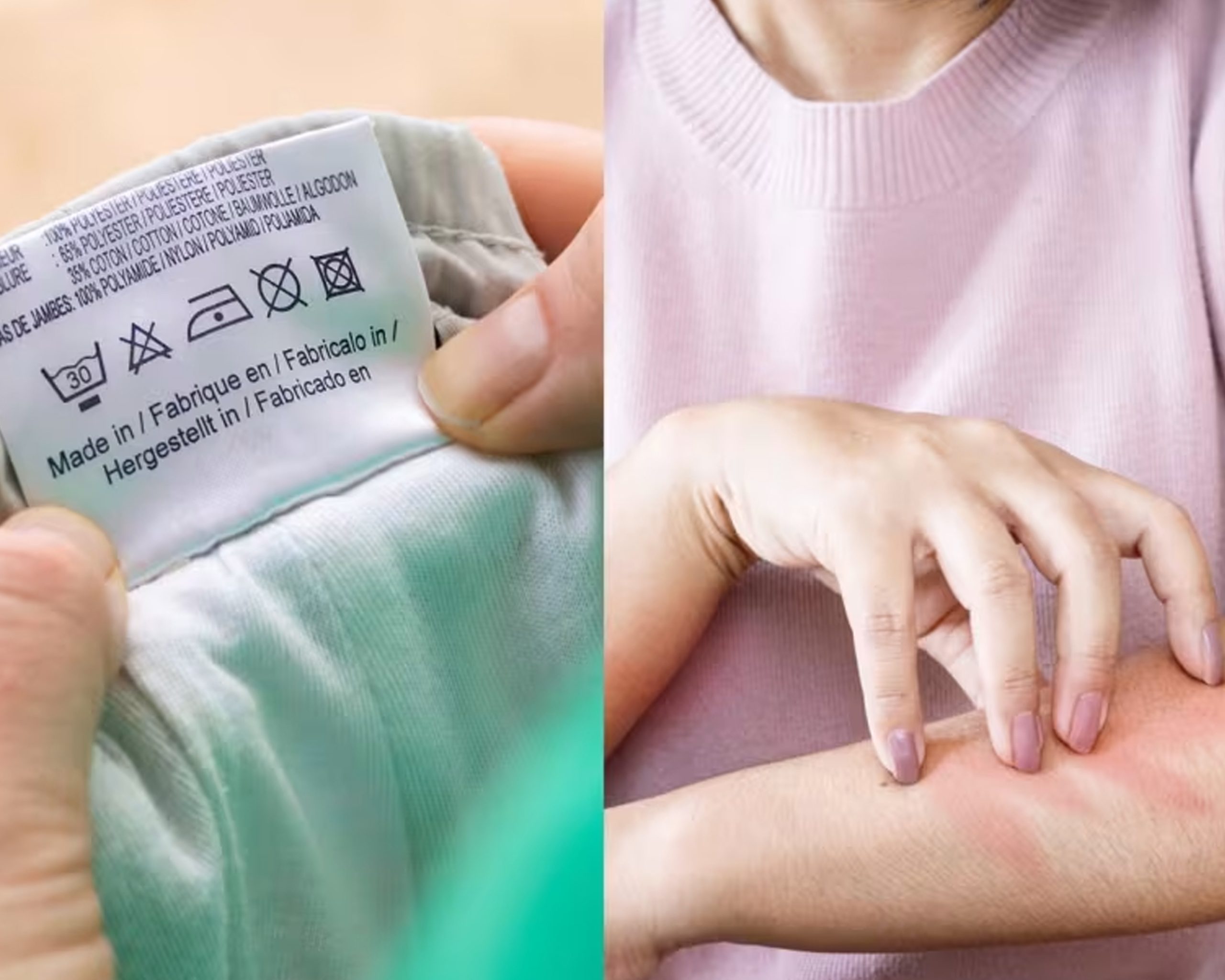If you’re hiding in the fitting room because of the unsightly and even itchy marks, it could be a skin condition known as symptomatic dermographism.

(Photos: iStock/Cunaplus M.Faba and Doucefleur)
You see it, you like it, you bring it with you to the fitting room to try on. But you’re also worried that the clothing label will turn your back into an embarrassing MRT map of welts that look like you’ve been whipped. You know your skin will develop red lines that manifest into wheals minutes after it comes into contact with the garment’s label.
And it’s not just scratchy clothing labels. It could also happen every time you scratch a mosquito bite, stand under strong shower jets, or remove a bra or any garment with elastic bands. What’s causing the sometimes-itchy scrawls that look like Harry Potter has written on your skin with the Blood Quill in detention?
Coincidentally, the condition that gives rise to the raised (but bloodless) marks is known as skin writing. When pressure is applied to the skin of affected individuals, their mast cells release a chemical called histamine, along with other inflammatory substances, that create these raised, red marks.
Doctors refer to the skin condition as symptomatic dermographism or dermatographia, which usually shows up in young adults around 26 years old, according to Science Direct and dermatologist Dr Eileen Tan of Eileen Tan Skin Clinic & Associates at Mount Elizabeth Novena Hospital.
“These patients are generally from the younger population (below 30 years old). Most of them have no prior skin diseases,” she said.
Over at National Skin Centre, symptomatic dermographism is seen across the ages, including children and the elderly, according to Dr Wong Yisheng Jayden, an associate consultant. “For some patients, their rashes can also be triggered by other physical stimuli such as cold, heat, exercise, vibration or pressure on the skin. There is no gender predilection for this condition.”
Another possible cause, said Dr Tan, could be contact dermatitis. “It can be an allergy to the material or dye, or irritant in nature due to repetitive rubbing or friction. Common symptoms of contact dermatitis may include itch, burning, tingling and pain, said Dr Tan, who sees about one case in one to two months.
All the more reason to wash your newly bought clothes before wearing them.
Sometimes, the skin irritation can be a secondary symptom to an autoimmune skin disease such as vitiligo, lichen planus and most commonly, psoriasis, said Dr Tan.

WHAT CAN YOU DO?
If your skin is already scratched, try applying a skin moisturiser or hydrocolloid dressing to allow the wound to heal, said Dr Tan. “The best way is to remove the clothing label manually,” she said. “I have patients who trim off the label and paste a small hydrocolloid dressing to further separate skin from the remaining label bits.”
Switching to looser clothing and seamless underwear may also help as can fashion brands that have dispensed with labels altogether and have, instead, printed the care instructions on the fabric itself.
When unprovoked, the itchy wheals tend to be self-limiting, resolving within 30 minutes but may last up to 24 hours, said Dr Wong. However, if you continue to scratch, it “can result in a vicious cycle of scratching and itching known as the itch-scratch cycle”, he said.
For about 40 per cent of patients, who have severe itching that interferes with their daily lives, oral antihistamines can help “to expedite recovery or prevent the occurrence of symptoms”, said Dr Wong. “For those with rashes that continue to be stubborn, despite treatment with antihistamines, we would advise them to consult with a dermatologist.”
Dr Tan said that oral medications such as antibiotics or oral steroids may occasionally be required if there is blistering of the skin or a secondary skin infection.
